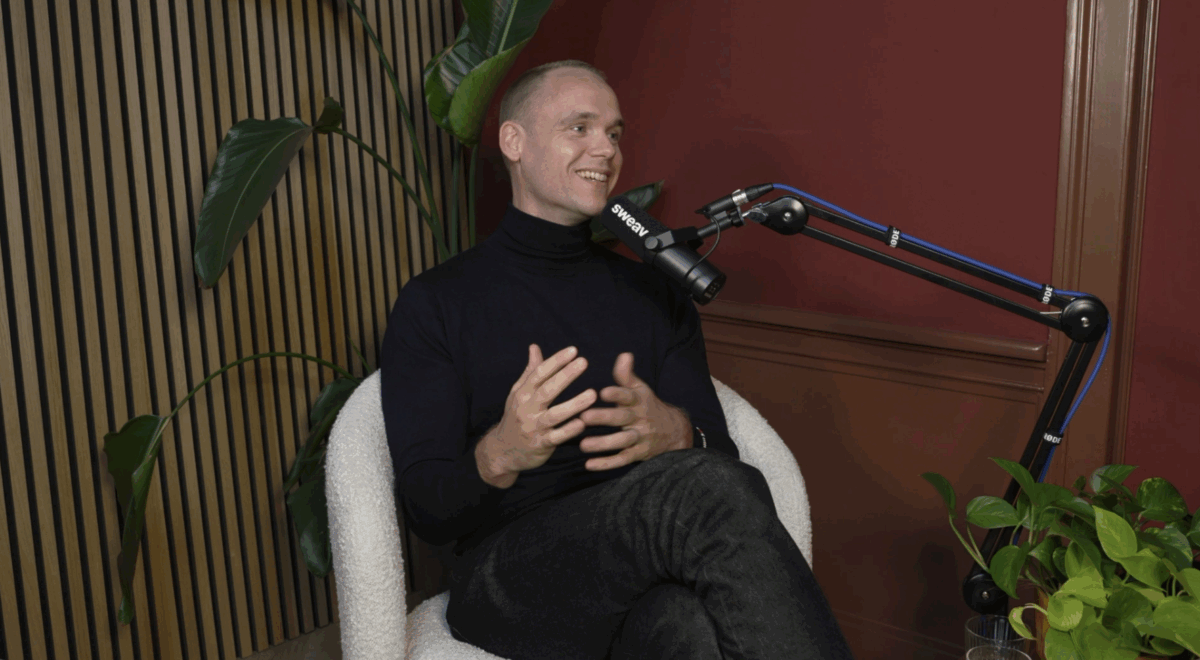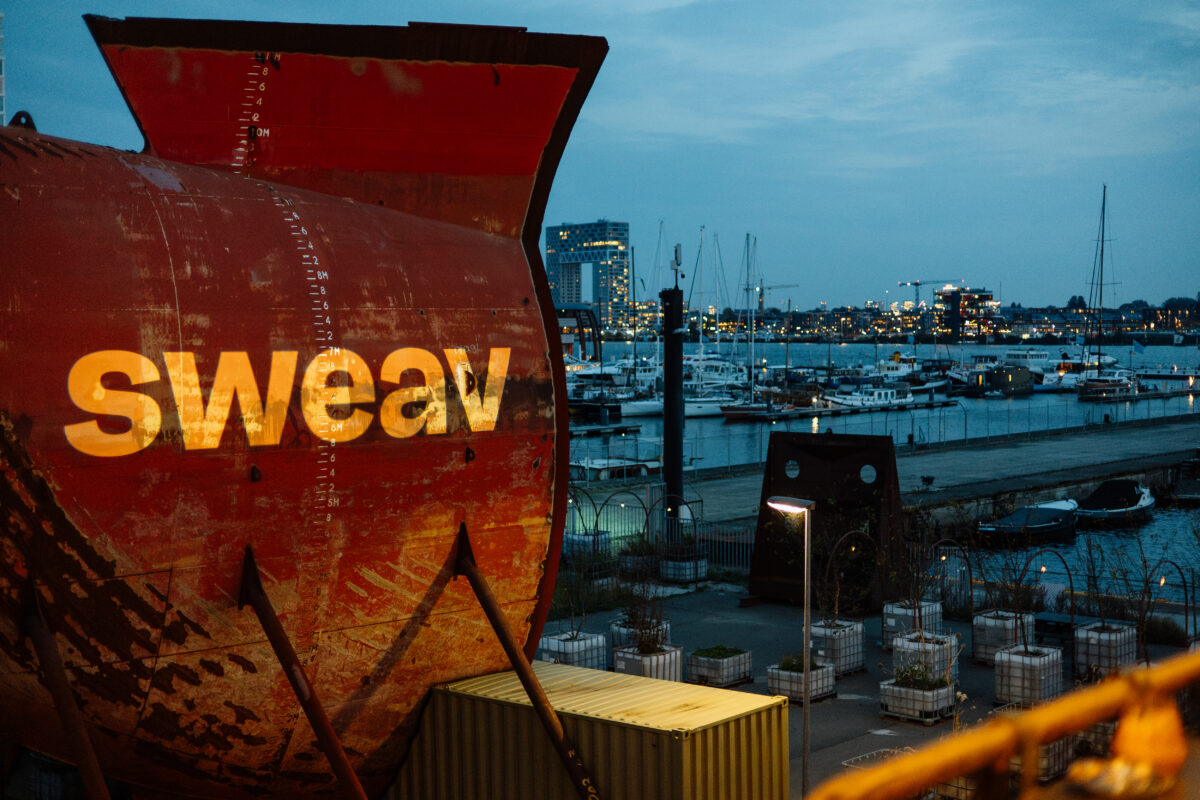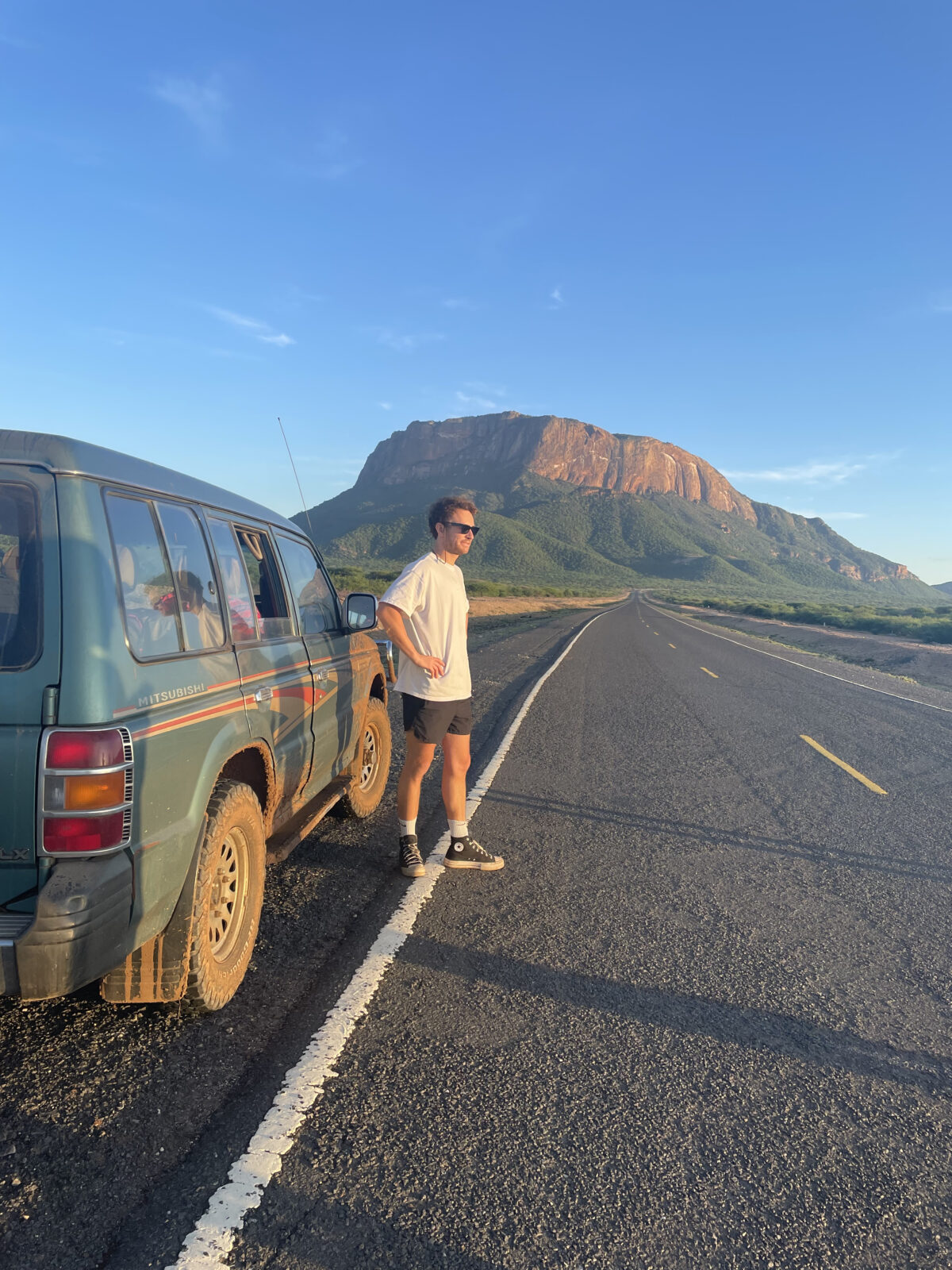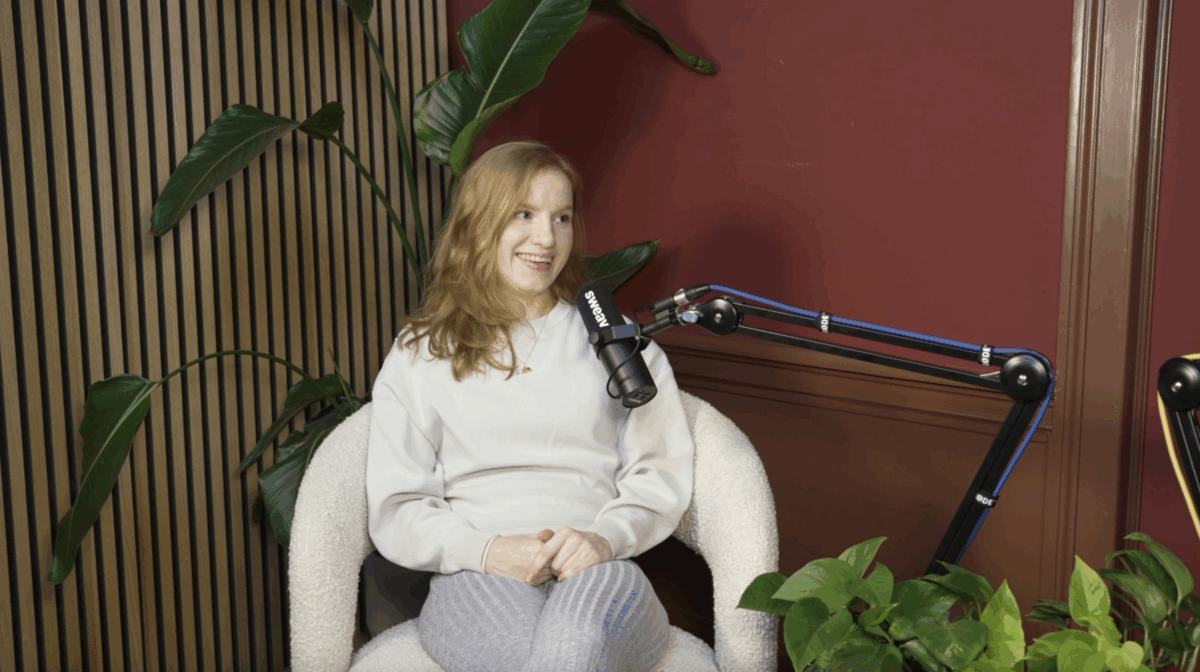

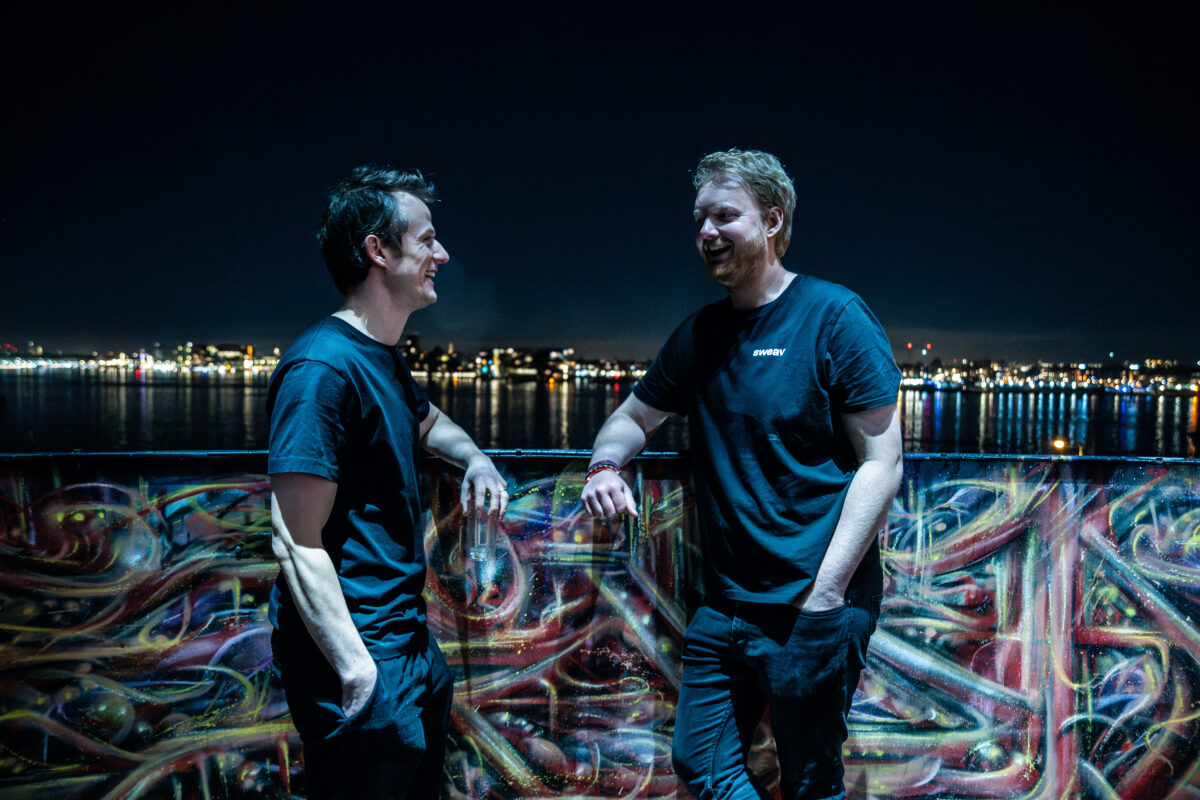
Yes, yes, yes—this January, we celebrated a big milestone: our third anniversary.
Year three was a big one. We proved the business had ‘product-market fit,’ became profitable, grew to nearly $10 million in revenue, and hired full-time employees.
But it wasn’t without its challenges. It took us longer than expected to get our ‘sales & marketing machine’ running, and juggling family life with a startup was tough.
So without further ado, here are our three biggest lessons from year three.
Lesson One: Outlive Your Sales Cycles
At Sweav, we do a lot of outreach to prospective clients. Almost every introductory meeting ends the same way: “Great proposition—I’ll let you know when we need it.” And then the waiting game begins.
When you’ve never been through a full sales cycle, you don’t know how long it will take. Or worse, you don’t even know if you’re actually in one.
The longer the cycle, the more insecure you get. “Are we targeting the right customers?” “Is our proposition good enough?” “Am I making the value clear?” It’s easy to get discouraged and give up.
B2B sales cycles are long—about 6–9 months for us. So don’t lose faith when you’re just getting started.
Lesson Two: Things Add Up
Consultants love ‘silver bullets’—that one genius move that will transform a scrappy startup into a rocket ship.
But what we’ve learned is this: once you figure out what works, the biggest value comes from consistently repeating those things at scale.
So we did what any good consultant would do: we built playbooks (or ‘bibles’ in Sweav terms), processes, systems, and rhythms to make sure that what works gets done—again and again.
But we also learned something else: as ‘adrenaline junkies’ who love the next big thing, we’re not the best people to create this kind of value. Starting something and scaling something require different skills and personalities.
So thank God we hired Rob Wiggelinkhuizen.
Lesson Three: The Young Family vs. Startup Juggle
Thijmen and I both have kids between one and three years old. Our wives/girlfriends have careers of their own. Which makes running a startup at 33 very different from doing it at 26.
Imagine this: sleepless nights, mid-day calls to pick up a sick child, realizing last-minute that your babysitting plans fell through, and so on.
We quickly learned that the ‘startup bro working 80 hours a week’ mentality doesn’t work for us. Not only is it physically draining, but it’s also not how we want to live. We enjoy spending time with family, exercising, and the occasional techno-infused rave to ‘stay in check.’
The juggle remains tough, but two things help.
First, we avoid wasting time on things that don’t add value. We ask ourselves, “Is this really important? Do I really need to do this now?”
Second, we outsource as much as possible—even if it makes us look ‘lazy.’ We hired an assistant early on to manage our calendars. At home, we pay for services like cleaning and grocery delivery to minimize hassle.
Main takeaway: Do things on your own terms as much as possible. If the ride you’re on is not a fun one, then why are you on it anyway?
Closing Thought: Pompen Maar
So what’s next? In year four, we aim to grow by about 70%, move to a bigger office, and invest heavily in ‘Above the Line’ marketing. So keep an eye on Financieel Dagblad and BNR radio.
Now that we know what works—and because slow growth is boring—our theme for 2025 is: ‘Pompen Maar’!
See you next year.

